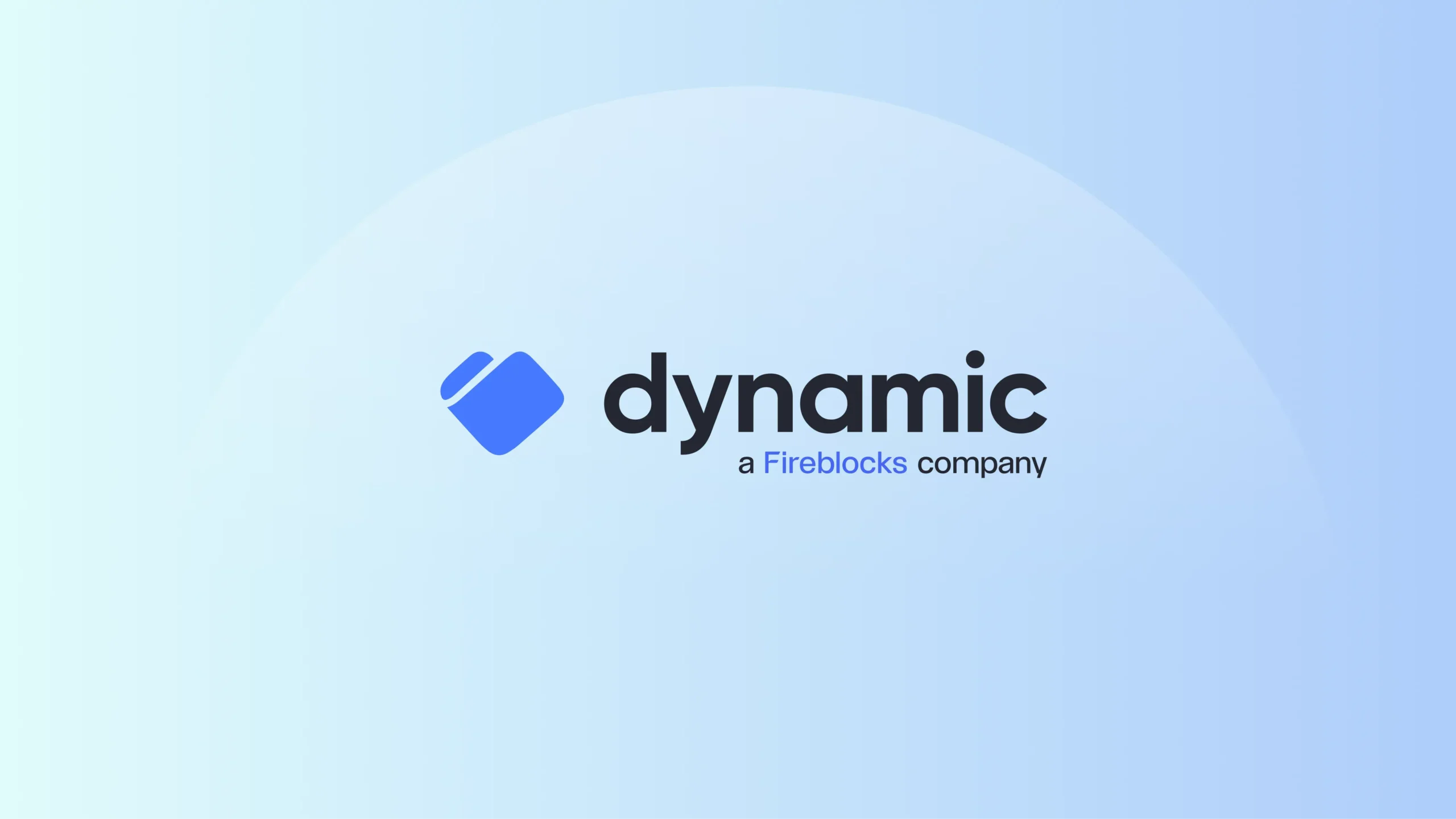They may be at different stages in their journey, but Argentina and Brazil are both headed to the same destination: integration of stablecoins into the fabric of their financial systems.
We’ve seen the headlines that both countries are keen cryptocurrency adopters. Argentina, ranked 14 among the top 20 countries globally in the Chainalysis index, leads the Latin America region in terms of cryptocurrency value received, with an estimated $91.1 billion in 2024, only slightly ahead of Brazil’s estimated $90.3 billion.
Yet, it’s the dominance of stablecoins that truly marks their progress. In Argentina, stablecoins accounted for 61.8% of all crypto activities, while in Brazil, the figure was a closely following 59.8%. Both are well above the global average of 44.7%.
And the stablecoin momentum continues to build. In February, the head of the Brazilian Central Bank remarked that 90% of the country’s crypto flows are linked to stablecoins.
What’s driving this demand for stablecoins—and where is it headed? We recently hosted Fireblocks partners, customers, and the top regulators in São Paulo and Buenos Aires, so here’s the latest scoop.
Brazil’s Stablecoin Innovation Thrives—Awaiting Regulatory Catalyst for Big Shift
In November of 2024, the Banco Central do Brasil announced three different public consultations around regulation of virtual assets. The consultations were followed by a series of events and private meetings with market participants— and due to tremendous public interest and the bank’s own eagerness to engage with industry, they had to add another consultation meeting just for stablecoins.
Why the clamor for discussions on stablecoins? Brazilians have had a positive experience since 2020 with the Central Bank’s’ wildly successful Pix digital instant payment system. Pix addresses many problems for the domestic Brazilian fiat payments ecosystem, from financial inclusion to reduced costs and instant settlement, but leaves much to be desired with international payments. So it’s no surprise that Brazilians are looking to stablecoins to solve the problems they still face in cross-border money movement.
Right now, it’s the fintechs and exchanges who are taking the lead on stablecoin innovation in Brazil—because that is where the regulation is clear and permissible.
For example, Fireblocks empowered Mercado Bitcoin, Foxbit and Bitso in a consortium that launched BRL1, a stablecoin pegged to the Brazilian real and backed by the Brazilian currency and Brazilian government bonds. With BRL1, purchases and sales between exchanges can be made directly. While the initial launch involves the domestic ecosystem, the consortium is negotiating with other global exchanges interested in listing the stablecoin to give the benefits of real-time cross border settlement to retail and corporate users like ecommerce or commodity exporters.
Another Fireblocks client Nonco seeks to disrupt the FX market with an on-chain FX protocol, automating the FX trade lifecycle with smart contracts and atomic swaps, converting local currency and USD-backed stablecoins.
The full potential of stablecoins for the B2B and corporate sectors in Brazil will be unleashed when regulatory clarity is achieved. When stablecoins are licensed as means of payment, they will face the same currency restrictions as any other fiat, in terms of the thresholds applicable to brokers and much higher thresholds applicable to banks. While this issue will lead to market shifts, the industry is hopeful that future regulatory guidance will allow traditional finance, payment providers, and digital asset intermediaries to tap into the unique strengths of stablecoins for cross-border transactions—offering faster, more efficient, and cost-effective payment methods to Brazilian business.
Argentina’s Path to Integrate Stablecoins
Argentina’s extraordinary early adoption of crypto is attributable to triple-digit inflationary pressures. Stablecoins pegged to the US dollar give Argentinians access to this currency that is otherwise unavailable.
While the immediate focus has been on the FX use case, local players tell us they are getting more requests from international companies for partnerships regarding flows into Argentina. As in Brazil (and everywhere else), corporates, exporters, and merchants alike understand that once banks, fintechs, and PSPs can fully tap into the power of stablecoins, they will be able to solve their cross-border payment headaches.
There is momentum in the regulatory landscape that will unleash this potential. In March, Argentina’s capital market regulator issued comprehensive VASP regulations that impact areas like stablecoin registration, compliance, and custody. They cover PSPs and fintechs, but extending them to banks will require Central Bank permissions.
And when that happens, stablecoins will become as integral to Argentinian cross-border commerce as they are to retail users.
On the Cusp of Greatness
In both Argentina and Brazil, ecommerce merchants, service providers, exporters, importers, and every entity that does business across borders are ready to use stablecoins to take the pain out of managing money movement. They already use them in their private lives and they already have some options thanks to innovators like the BRL1 consortium.
With regulatory clarity on the horizon, these early stablecoin adopters are set to thrive in one of the world’s most advanced cryptocurrency markets. Fireblocks empowers PSPs, fintechs, and banks in Latin America and around the world to launch and scale their stablecoin solutions: are you ready to seize this opportunity?

